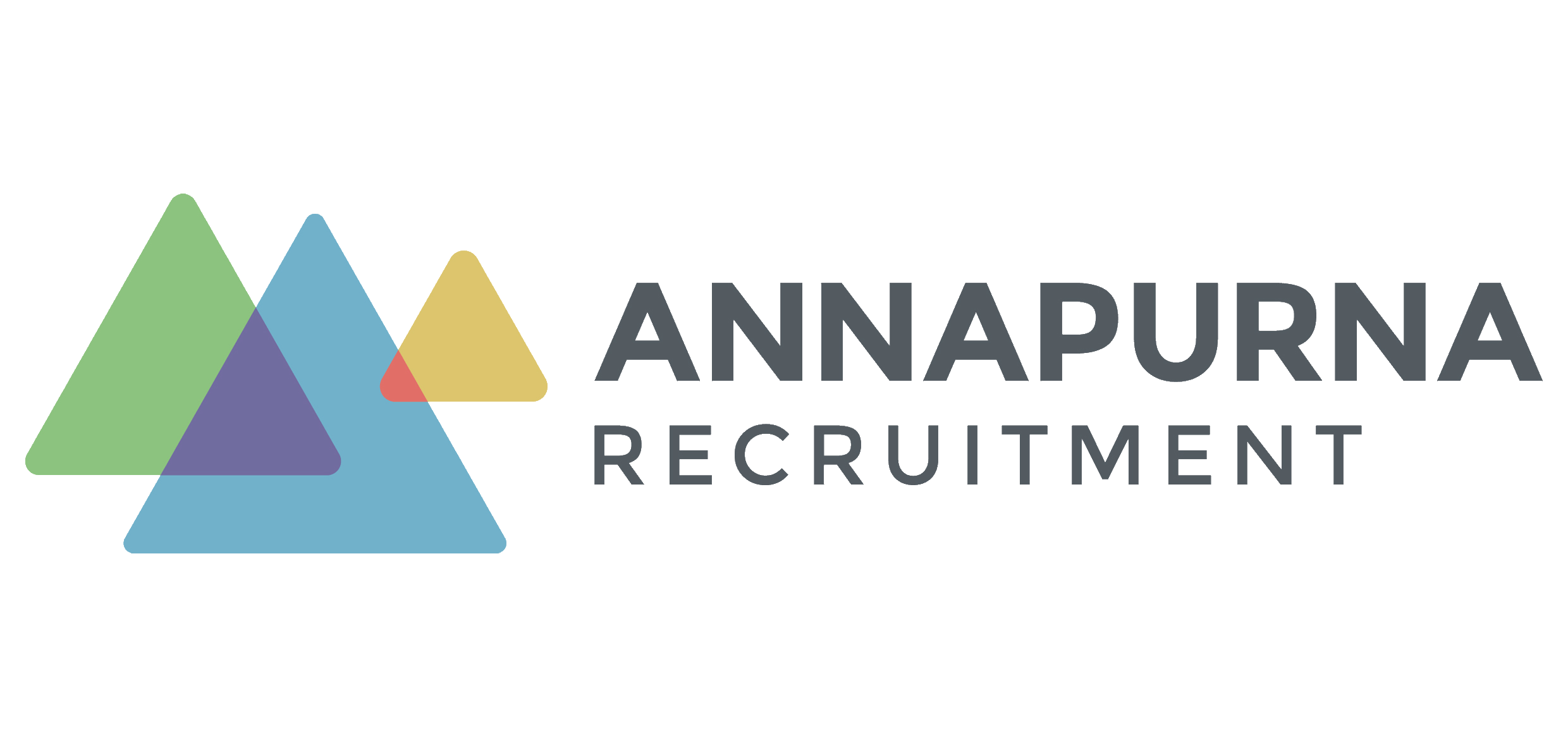Despite growing efforts to increase diversity and inclusion (D&I) in the workplace, many organisations still have difficulty managing and approaching this subject.
However, there are numerous small changes that can be made throughout the recruitment process to ensure that you are being mindful of D&I in your company.
Gender-neutral job descriptions
This is likely to be the first thing potential employees will see and therefore needs to appeal to as many people as possible to ensure you get a variety of applicants. Make sure you use gender-neutral pronouns like ‘they’ as opposed to saying ‘him’/‘her’ or ‘he’/‘she’.
Avoid using gender charged words such as analyse or determine, which are more appealing to males, whereas collaborate and support are more female. A useful tool to eliminate gender-biased language is http://gender-decoder.katmatfield.com/ where you simply copy and paste your advert.
Write results-based job descriptions
Additionally, it’s a good idea to limit the number of specific requirements listed. Ensure you identify which requirements are ‘nice to have’s’ and those that are essential, and then eliminate those that are considered bonuses.
Research has shown, women are unlikely to apply for a role unless they feel they meet 100% of the criteria, whereas men will apply if they meet only 60%. Therefore, having too many requirements, women are more likely to be put off even considering a role.
Instead, focus on what the candidate could achieve at the company after a certain amount of time as opposed to what they previously have or haven’t done.
State your commitment to building a diverse culture
Even if this is just a single sentence at the end of your job post, by increasing transparency and acknowledging that you are offering job opportunities to anyone makes job seekers aware that you take D&I seriously. As a result, you will receive more applicants and a more diverse selection of individuals.
Ban ‘culture fit’ as a reason to reject a candidate
Usually when the reason not to hire someone is due to ‘cultural fit’, this is unconscious bias taking play. If this is the case, make sure you require a more specific reason from your hiring managers. This should allow for a more open discussion about candidates and give individuals more of an equal opportunity, and as Kelly Swingler writes we should perhaps focus more on “misfits”.
A further way to eradicate unconscious biases is through blind CV’s or anonymising throughout the application process. This can be done through removing a candidate’s name, age, home address and even education.
By removing all socio-demographic details that may affect decision-making, you’re able to assess based on the candidate’s ability. Therefore, you end up hiring the best talent for the job at hand, as well as eradicating hiring based on cultural fit.
Employee network
Once the candidate has been hired into a role, the importance of D&I doesn’t stop there. Organisations should also work to set up ways in which employees feel included in an environment where they can grow.
Through setting up an employee resource network, you’re able to support minority groups. Mentor/buddy schemes and networking opportunities are ways to not only increase promotions and career satisfaction but demonstrate recognition of learning, collaboration and improvement in the D&I space.
Summary
There’s still lots that can be done to increase D&I in the workplace, however, even by taking a few simple steps you can significantly improve your reach and get into a space where thinking about it becomes second nature.
If you’d like to learn more about D&I, we have some insightful pieces from our BTN community: https://www.thebtn.tv/search/node/diversity




